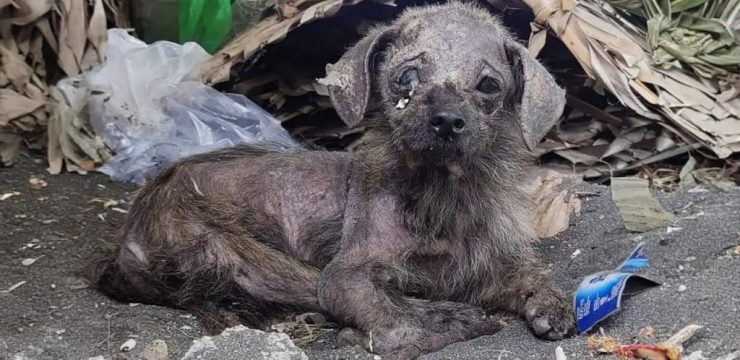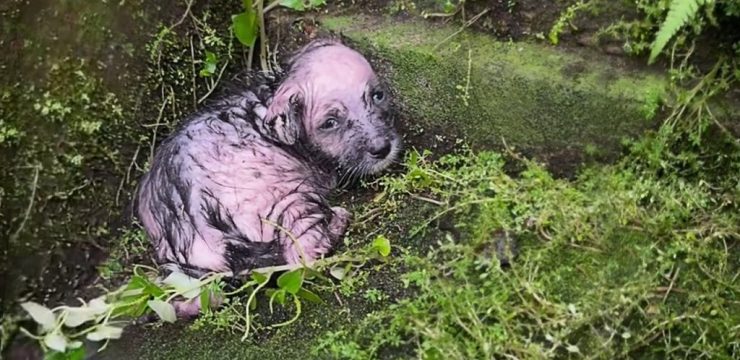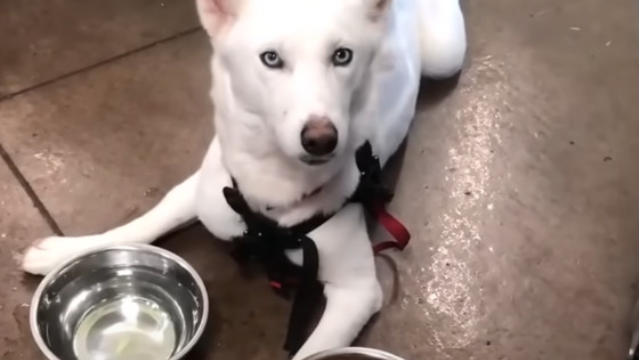It’s totally normal to have leftovers after cooking a big family meal. Most of us just pack the extras into a container, toss them in the fridge, and enjoy them for lunch or dinner the next day. But recently, leftover rice has taken the spotlight on social media—and not in a good way. People are talking about something called “fried rice syndrome” or “reheat syndrome,” and it’s raising concerns about how we store and reheat cooked rice.

Here’s what you need to know: experts say that cooked rice is actually a perfect breeding ground for bacteria—especially a nasty one called Bacillus cereus. This bacteria can survive the cooking process and, if the rice is left at room temperature for too long, it can start to multiply. These bacteria release toxins that can lead to food poisoning. And it doesn’t take much time at all—just over an hour sitting out at room temp is enough to kickstart bacterial growth.
Eating contaminated rice can result in some unpleasant symptoms: nausea, stomach cramps, fever, vomiting, and sudden diarrhea. These can hit as soon as an hour after eating the rice, depending on how much bacteria has built up. In more serious cases, the food poisoning can cause dehydration or throw off your electrolyte balance, especially in young children or the elderly.
The tricky part? Most people don’t even think about rice as a risky leftover. If you wake up feeling sick the day after eating reheated takeout or homemade fried rice, chances are you’d never guess the rice was to blame. But according to food safety experts, rice that’s not stored or reheated correctly can be more dangerous than you’d think.
And here’s the kicker—just because you put your cooked rice in the fridge doesn’t mean it’s totally safe. The bacteria grow more slowly in the cold, but they don’t stop completely. That’s why it’s so important to store rice properly from the start.
So what’s the safest way to store cooked rice? First, never leave it in the pot after you’re done cooking. Transfer it to a clean tray or a shallow dish to let it cool more quickly. The goal is to get it out of the “danger zone”—that warm middle ground where bacteria thrive—as fast as possible. Once it’s cool, place the rice in a shallow, airtight container and move it into the refrigerator within one hour of cooking.
Plan to eat your refrigerated rice within 24 to 48 hours. Beyond that window, the risk of bacteria increases—even if it’s been chilled. If you’ve got more rice than you can eat in that timeframe, freezing it is a great option. Frozen rice can last up to six months and still be safe to eat, as long as it’s been properly sealed.
When it’s time to reheat your rice, don’t just give it a quick zap in the microwave. Make sure the rice is steaming hot all the way through. According to the USDA, it needs to reach an internal temperature of at least 165°F (74°C) to kill any bacteria that may have developed during storage. Use a food thermometer if you’re unsure.
And one last rule that many people don’t realize: never reheat rice more than once. Each round of heating and cooling increases the chance for bacteria to grow. If you’ve already reheated a portion once, it’s best to toss any leftovers rather than risk getting sick.
In the kitchen, it’s easy to think leftovers are always safe—but cooked rice proves that isn’t always the case. Simple changes in how we cool, store, and reheat rice can make a big difference in keeping our families safe from foodborne illnesses.
If you found this helpful, please share this article with your friends and family on Facebook. A small tip like this could help someone avoid a very uncomfortable day—or even a dangerous health scare.
Stay safe, stay informed, and eat well.





